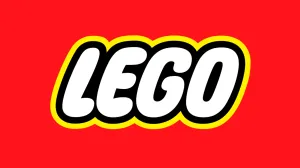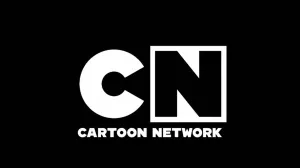
Nintendo hasn’t held back on its love for indie games on the Switch platform. Why should it? A number of them have sold incredibly well, including Hollow Knight, which came out during the company’s Direct presentation at E3 and has sold a boatload of copies since.
Videos by ComicBook.com
But their plan may be more ambitious than most gamers realize. While speaking during a briefing with Nintendo shareholders, the company’s senior executive officer, Susumu Tanaka, made it clear that it wants a lot more indie games for its platform.
How many more, you ask? We’re talking 20 to 30 games. A week.
“We started working with indie developers during the Wii U generation,” he explained. “For Nintendo Switch, we set up a development environment that supports Unity middleware, which is used on smartphones and other platforms. We are also actively engaging with indie developers at video game-focused shows and other events in different regions. We also had a Nintendo booth at the BitSummit indie game event held in Kyoto, where we showcased some games. Some of the indie games already released have gone on to become million sellers worldwide. In the future, we are looking to release around 20 to 30 indie games on Nintendo Switch per week, and we definitely expect to see some great games among them.”
The Switch has become a great go-to platform for indie games. Along with Hollow Knight, games like Bloodstained: Curse of the Moon, Shovel Knight: Treasure Trove and Stardew Valley have done extraordinarily well for the system.
But there’s a catch-22 here. While the variety of games would certainly be welcome, overcrowding the eShop with too many indie titles could lead to over-saturation with some games being unfairly shut out by more noteworthy releases with bigger marketing campaigns and ties with Nintendo. Players would still discover games through the eShop, but like Steam, there’s a risk that some games wouldn’t mind the audience they deserve and teams may lose money as a result.
We appreciate Nintendo’s vision; and if it offer up more great indie games, we’re all for it. But they want to be careful about going too far too quickly. Spotlighting a few indie games a week — instead of 10 to 20 — seems like the better strategy.








